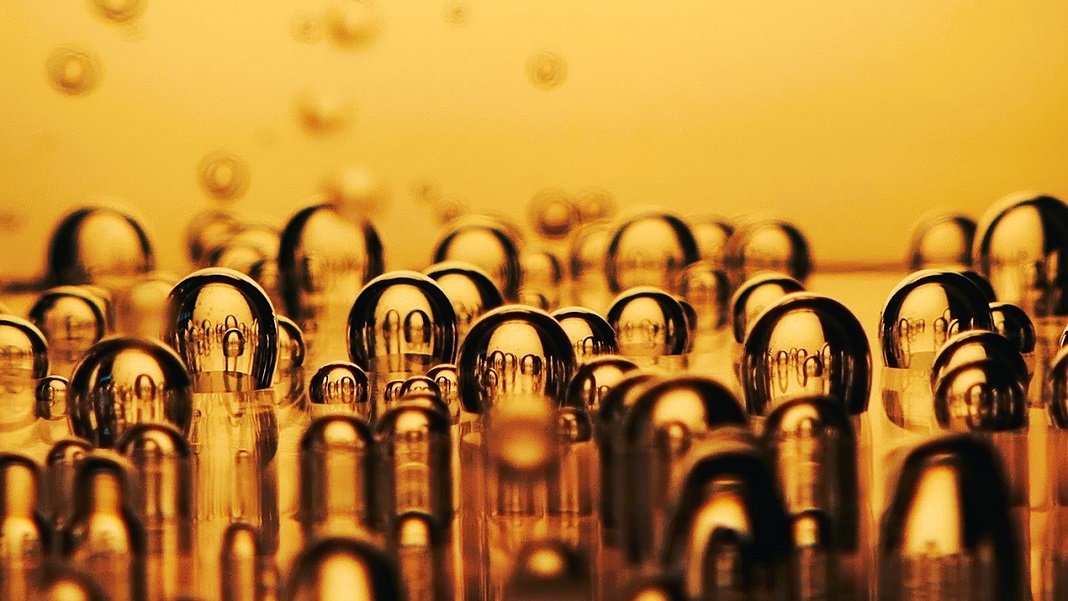
According to the IEA, there are currently 18 direct air capture plants in operation around the world. They’re located in Europe, Canada, or the US, and most of them use the CO2 for commercial purposes, with a couple storing it away for all eternity. Direct air capture (DAC) is a controversial technology, with opponents citing its high cost and energy usage. Indeed, when you consider the amount of CO2 in the atmosphere relative to the amount that any single DAC plant—or many of them collectively—can capture, and hold that up against their cost, it seems a bit silly to even be trying.
But given the lack of other great options available to stop the planet from bursting into flames, both the Intergovernmental Panel on Climate Change and the International Energy Agency say we shouldn’t discard DAC just yet—on the contrary, we should be trying to find ways to cut its costs and up its efficiency. A team from Lehigh University and Tianjin University have made one such breakthrough, developing a material they say can capture three times as much carbon as those currently in use.
Described in a paper published today in Science Advances, the material could make DAC a far more viable technology by eliminating some of its financial and practical obstacles, the team says.
Many of the carbon capture plants that are currently operational or under construction (including Iceland’s Orca and Mammoth and Wyoming’s Project Bison) use solid DAC technology: blocks of fans push air through sorbent filters that chemically bind with CO2. The filters need to be heated and placed under a vacuum to release the CO2, which must then be compressed under extremely high pressure.
These last steps are what drive carbon capture’s energy use and costs so high. The CO2 in Earth’s atmosphere is very diluted; according to the paper’s authors, its average concentration is about 400 parts per million. That means a lot of air needs to be blown through the sorbent filters for them to capture just a little CO2. Since it takes so much energy to separate the captured CO2 (called the “desorption” process), we want as much CO2 as possible to be getting captured in the first place.
The Lehigh-Tianjin team created what they call a hybrid sorbent. They started with a synthetic resin, which they soaked in a copper-chloride solution. The copper acts as a catalyst for the reaction that causes CO2 to bind to the resin, making the reaction go faster and use less energy. Besides being mechanically strong and chemically stable, the sorbent can be regenerated using salt solutions—including seawater—at temperatures lower than 90 degrees Celsius.
The team reported that one kilogram of their material was able to absorb 5.1 mol of CO2; in comparison, most solid sorbents currently in use for DAC have absorption capacities of 1.0 to 1.5 mol per kilogram. In between capture cycles they used seawater to regenerate the capture column, repeating the cycle 15 times without a noticeable decrease in the amount of CO2 the material was able to capture.
The main byproduct of the chemical reaction was carbonic acid, which the team noted can be easily neutralized into baking soda and deposited in the ocean. “Spent regenerant can be safely returned to the sea, an infinite sink for captured CO2,” they wrote. “Such a sequestration technique will also eliminate the energy needed for pressurizing and liquefying CO2 before deepwell injection.” This method would be most relevant in locations close to an ocean where geological storage—that is, injecting CO2 underground to turn it into rock—isn’t possible.
Using this newly-created material in large-scale carbon capture operations could be a game-changer. Not only would the manufacturing process for the sorbent be cheap and scalable, it would capture more CO2 and require less energy.
But would all that be enough to make direct air capture worthwhile, and truly put a dent in atmospheric CO2? To put it bluntly, probably not. Right now the world’s DAC facilities collectively capture 0.01 million metric tons of CO2. The IEA’s 2022 report on the technology estimates we’ll need to be capturing 85 million metric tons by 2030 to avoid the worst impacts of climate change.
No matter which way you do the math, it seems like a long shot; rather than a material that absorbs three times as much CO2 per unit, we need one that absorbs 3,000 times as much. But as we’ve witnessed throughout history, most scientific advances happen incrementally, not all at once. If we’re to reach a point where direct air capture is a true solution, it will take many more baby steps—like this one—to get there.
Image Credit: Michaela / Pixabay


